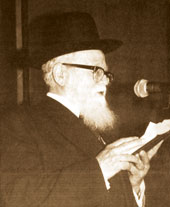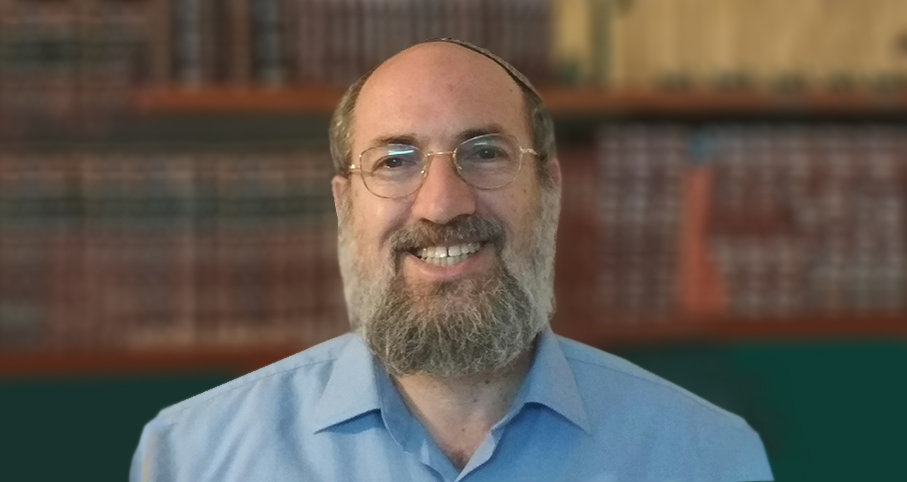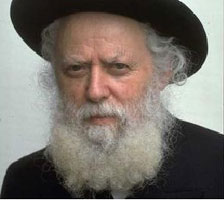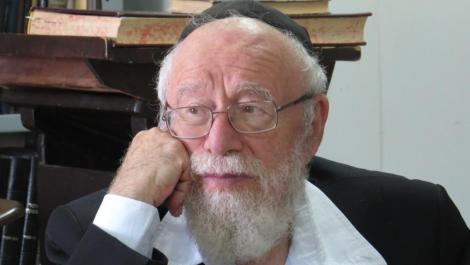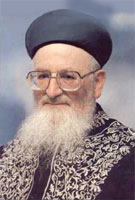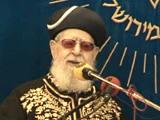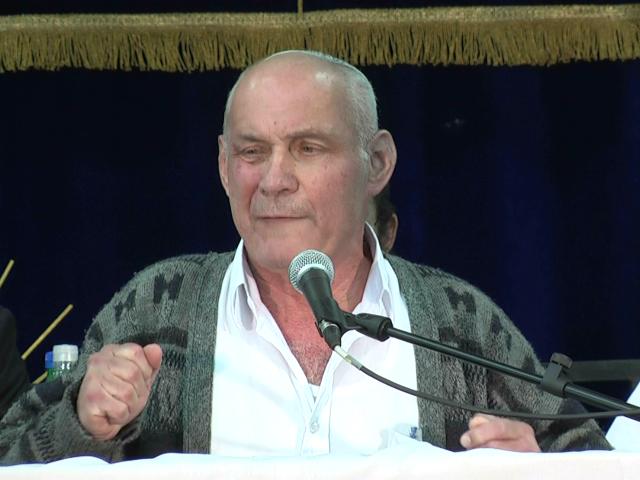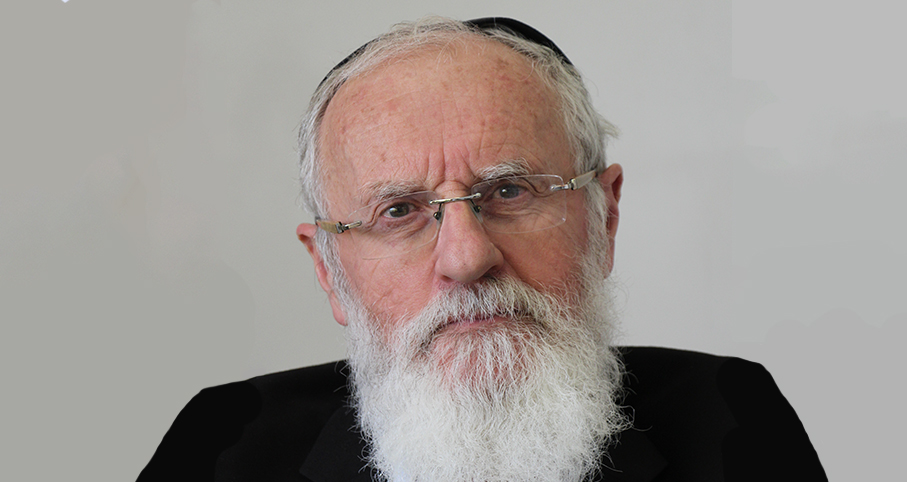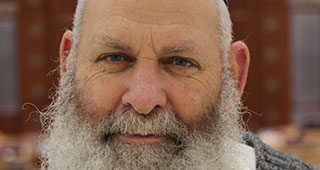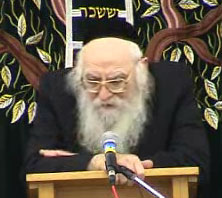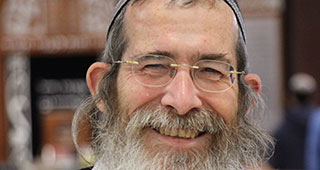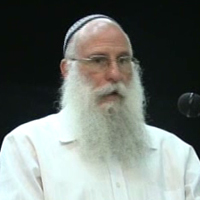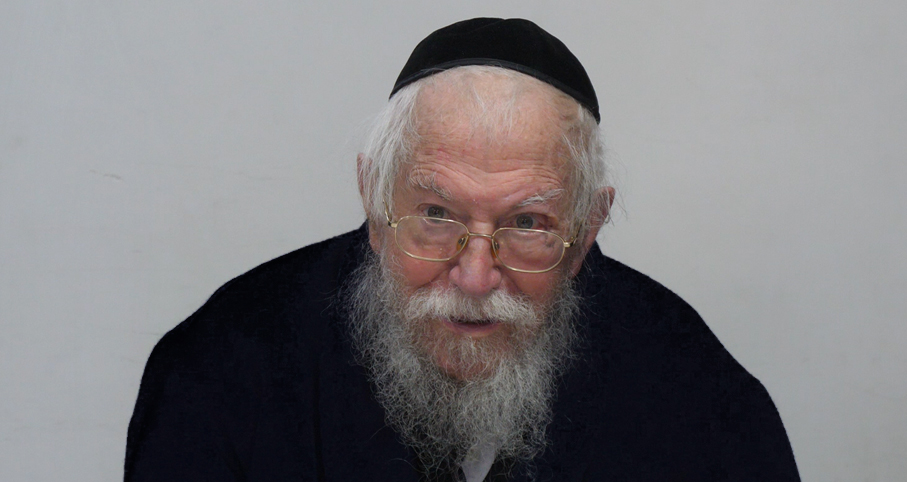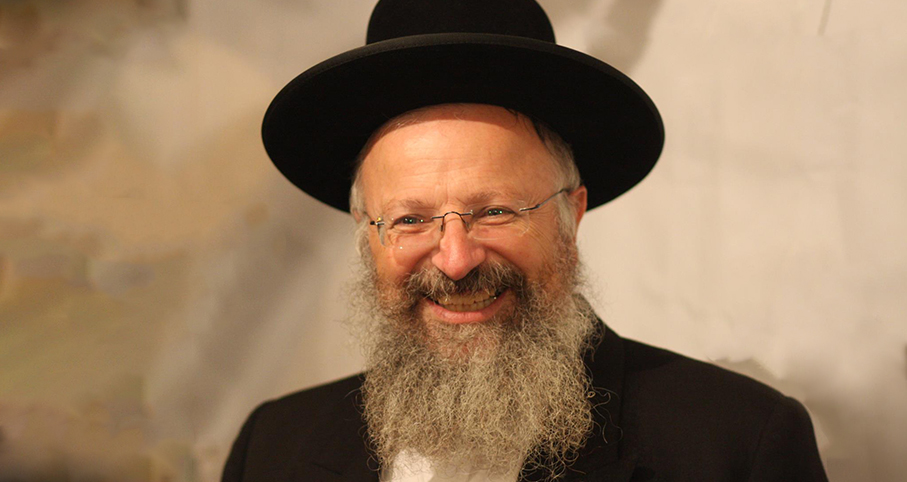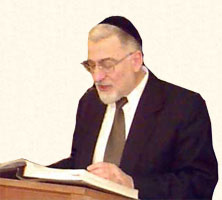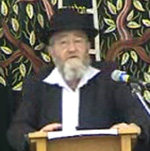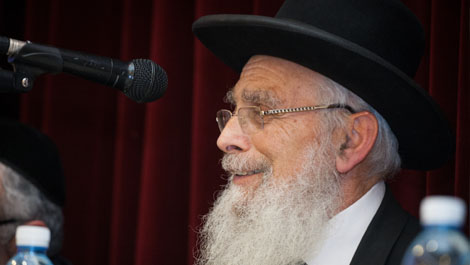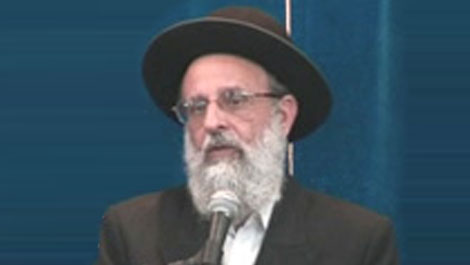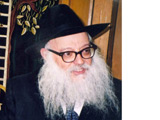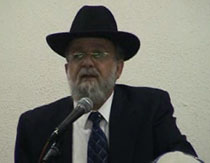Beit Midrash
- Sections
- Chemdat Yamim
- Parashat Hashavua
- Shabbat and Holidays
- Yom Haatzmaut
- Independence and Redemption
It is important for us to understand what it means to be a "free Jew in our Land." What makes us bnei chorin (free people)? Leaving Egypt meant that a nation of slaves became a nation of bnei chorin. Chazal taught us that we read "charut al haluchot" (lit., engraved on the Tablets) (Shemot 32:16) as "cheirut (freedom) al haluchot," for "only one who is hogeh (tries to understand deeply) in Torah is a free man" (Kalla Rabbati 5:3). The Pesikta expands it to "one who occupies himself in Torah is a free man," which makes it less demanding to be included.
The Maharal (intro. to Tiferet Yisrael) explains that one is considered free by occupying himself in words of Torah even if he accidentally learns the halachot incorrectly. It is the exercise of being involved in Torah that is liberating. Both agree that leaving Egypt was insufficient to be free; it was necessary to receive the Torah at Sinai.
What is the connection between Torah study and freedom? One can qualify the servitude of an eved ivri (a Jewish servant, who is less subservient than an eved C’na’ani) as follows. He relinquishes the freedom to choose his work and his mobility. He also is not able to choose who his mate will be. His life (during those years) is dedicated to increasing the prosperity of his master. However, perhaps the most significant thing is that he relinquishes the ability to make decisions that can further his spiritual state. Because his master controls his activities, he gives up on his ability to make his own decisions. (In some cases, that can be positive, because some people became avadim because they did not know how to make good decisions.) The situation in Egypt was worse, as they did not have the freedom even to act as normal human beings. So why didn’t leaving Egypt make them free?
All of the special presents that we received at Sinai turned us into bnei chorin. First, we were given the opportunity to sanctify ourselves. This was actually a condition for receiving the Torah (see Shemot 19:6-19, which uses the root kadosh three times). The Torah also connects this sanctity to the process of setting boundaries, literally around Sinai, but more fundamentally in that preparing spiritually to not only receive but also live according to the Torah requires religious and moral boundaries.
But how do all these boundaries included in accepting the Torah cause freedom? We are limited as to where we can go and what we can and must do! We will continue with this theme next week. After Yom Hashoah and Yom Hazikaron, we are better able to understand that the "Work liberates" sign in Auschwitz was the biggest lie and that those who gave their lives so that we could live in our own country taught us about the sanctity of life.
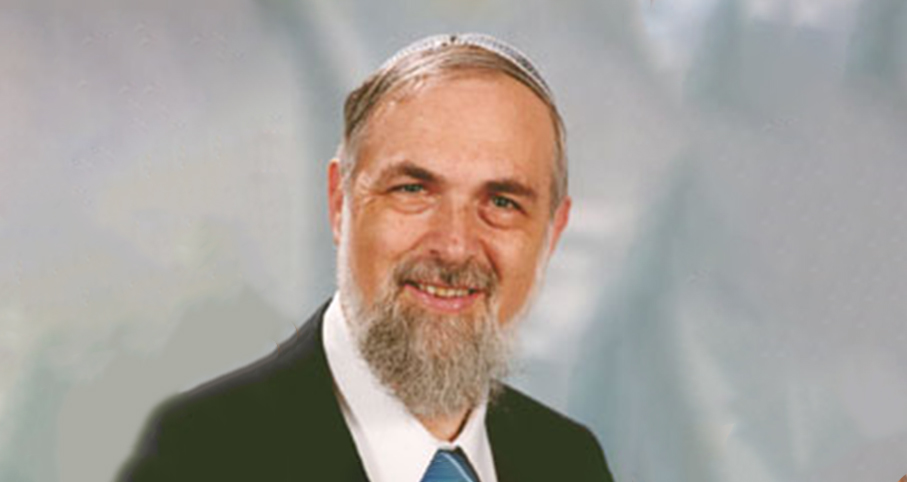
Parashat Hashavua: Divinely Ordained Sibling Deceit
Rabbi Yossef Carmel | Cheshvan 5786
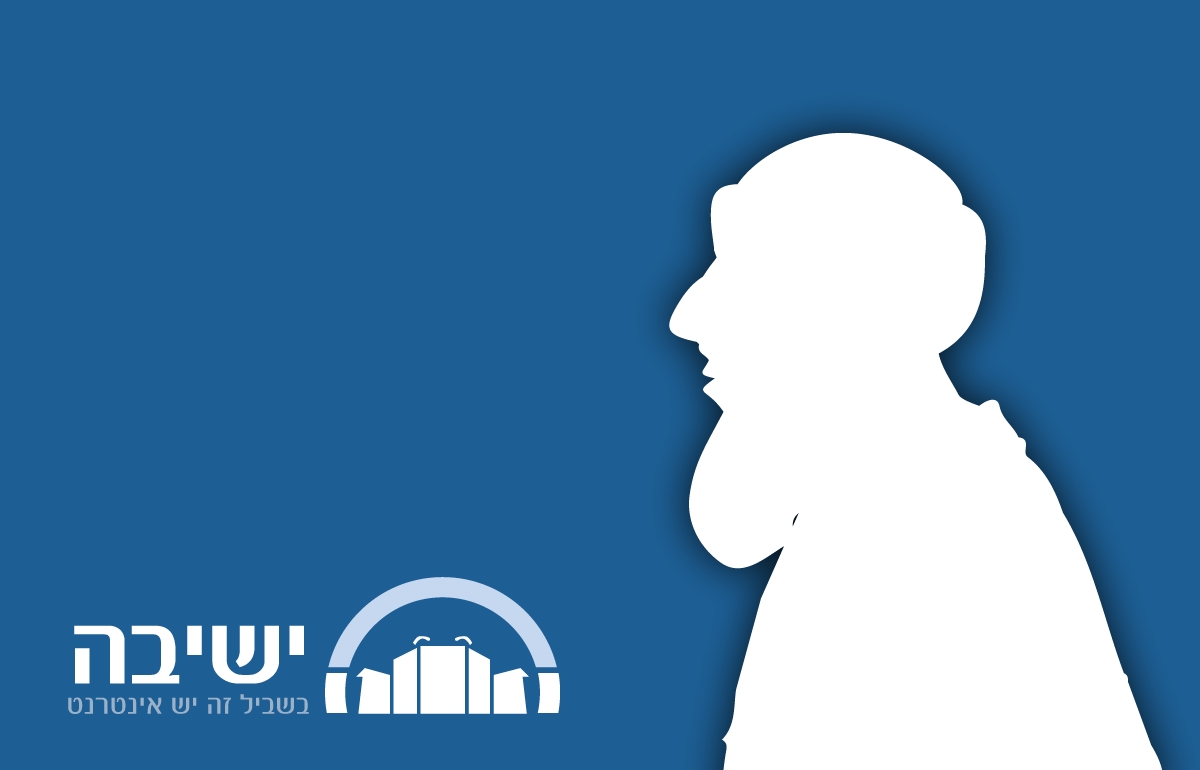
The Torah Connection
Various Rabbis | 5 Adar I 5768

Parashat Hashavua: “See” and “Be Seen”
Rabbi Yossef Carmel | Cheshvan 5786
